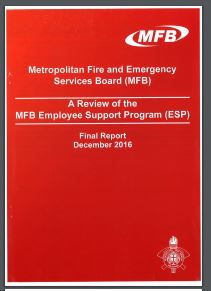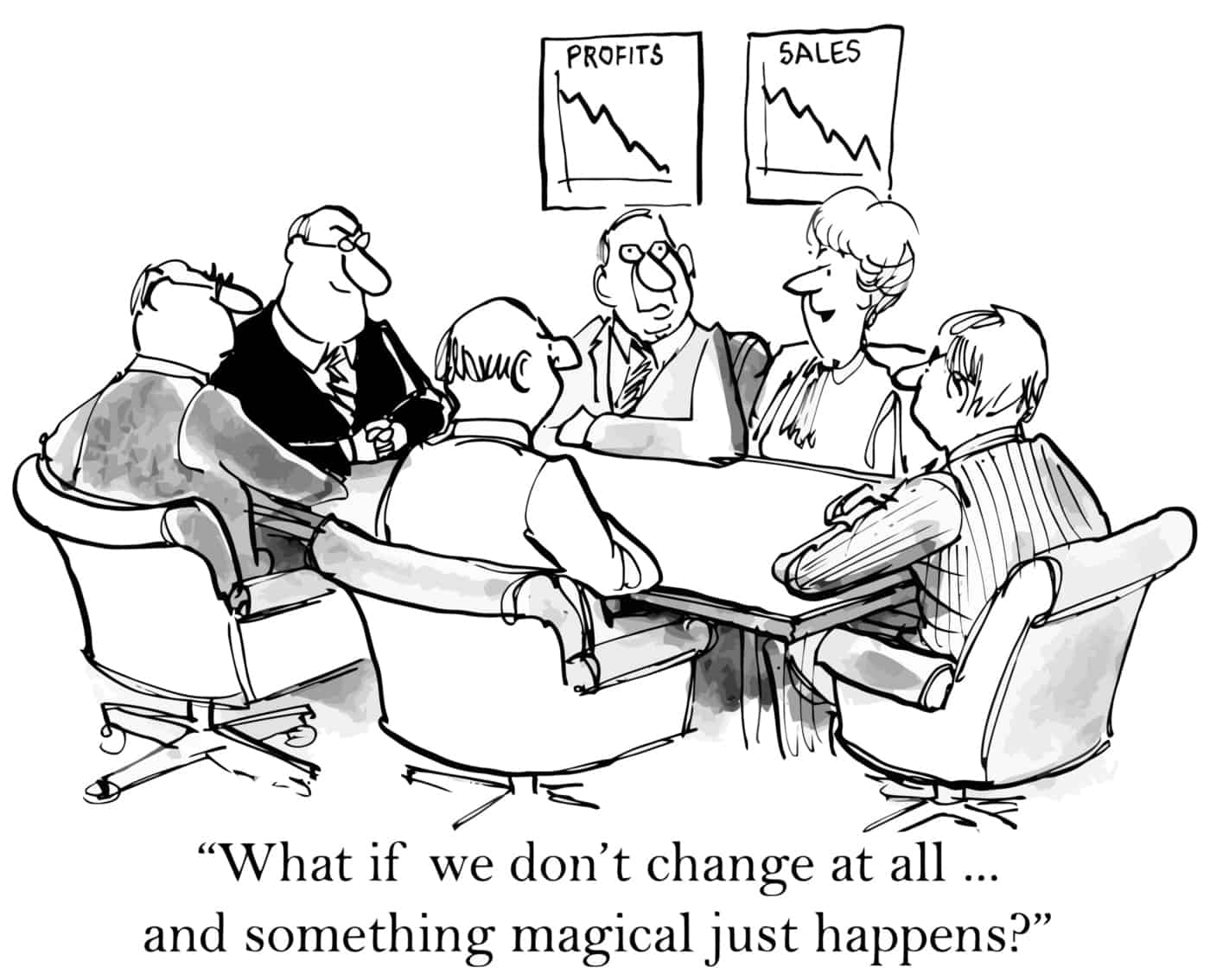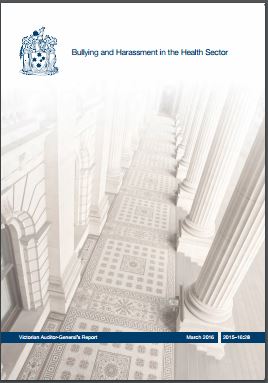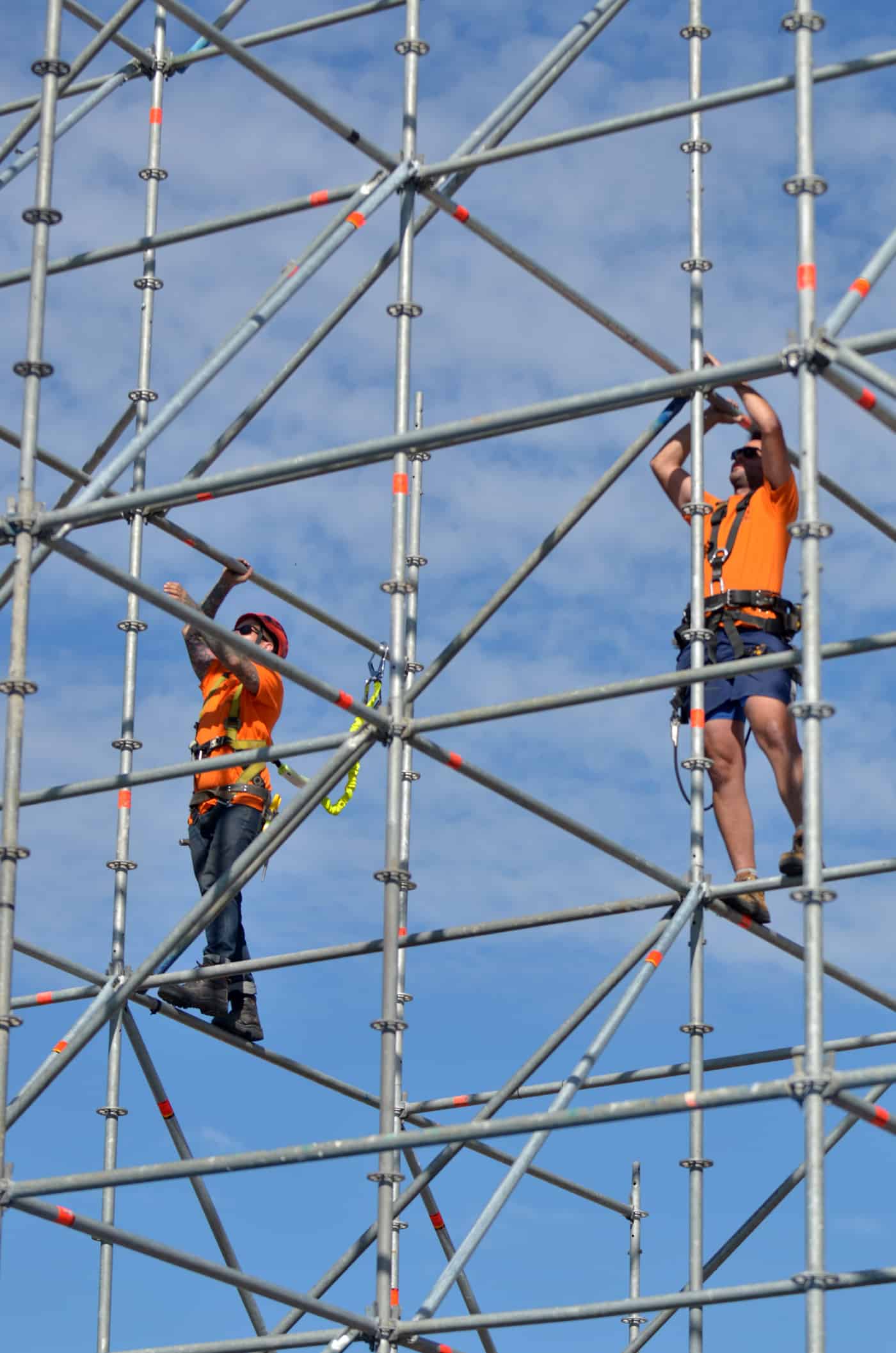 The Herald-Sun newspaper has released the final report into the mental health and suicide rate of Victorian metropolitan firefighters.
The Herald-Sun newspaper has released the final report into the mental health and suicide rate of Victorian metropolitan firefighters.
The report, authored by Dr Peter Cotton, found that the issues uncovered in the review of firefighters in the Metropolitan Fire Brigade (MFB) are not dissimilar from the findings of other inquiries into emergency service organisations like the police or the ambulance service.



 Fatigue and impairment are two of the most difficult workplace hazards to address. These are further complicated when they are contextualised in workplace mental health. So it is concerning when an entrepreneur produces a product that is meant to help address mental fatigue but that may also mask occupational health and safety (OHS) actions that are required to provide truly sustainable workplace improvement.
Fatigue and impairment are two of the most difficult workplace hazards to address. These are further complicated when they are contextualised in workplace mental health. So it is concerning when an entrepreneur produces a product that is meant to help address mental fatigue but that may also mask occupational health and safety (OHS) actions that are required to provide truly sustainable workplace improvement.
